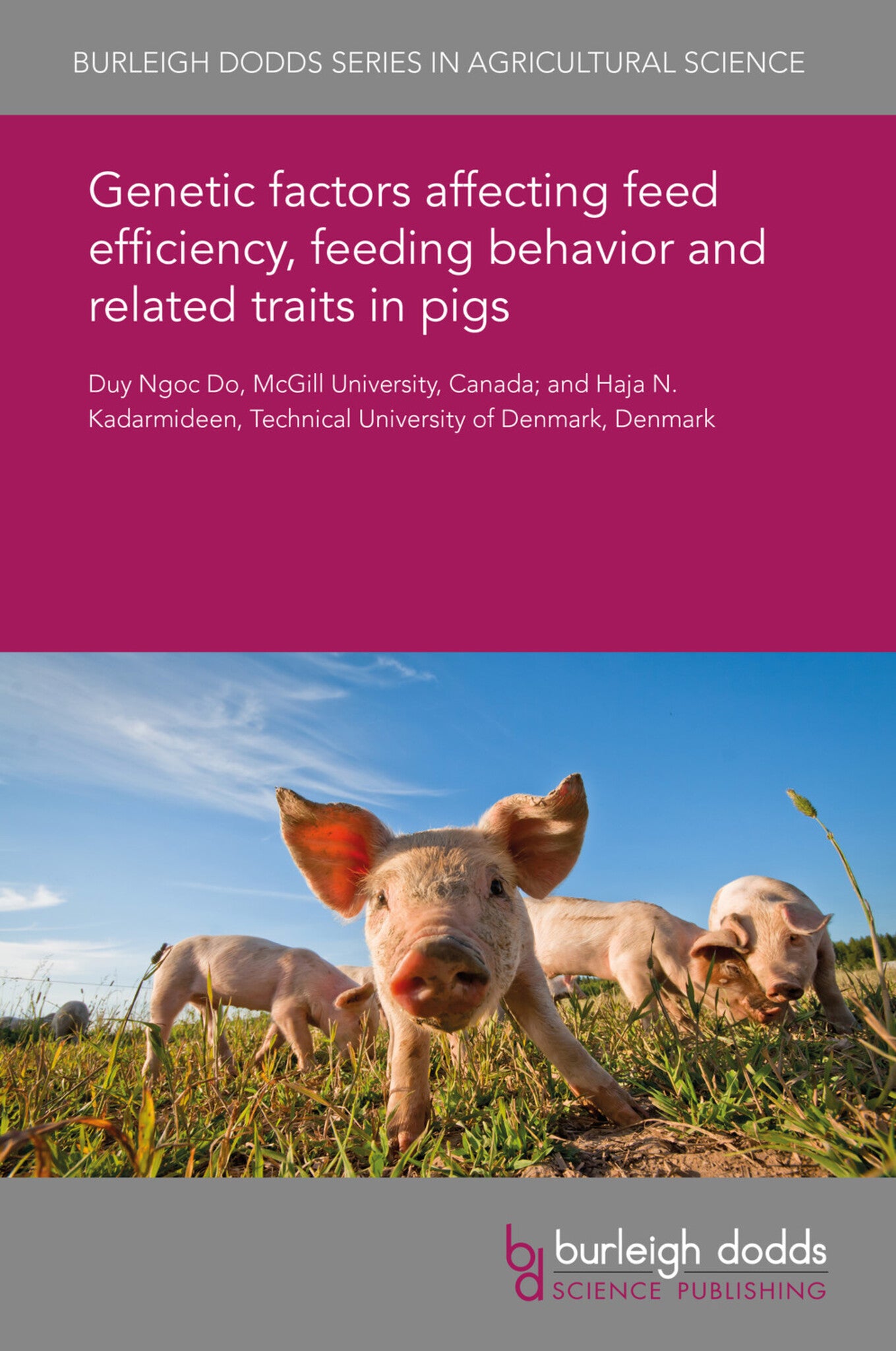We're sorry. An error has occurred
Please cancel or retry.
Genetic factors affecting feed efficiency, feeding behavior and related traits in pigs

Some error occured while loading the Quick View. Please close the Quick View and try reloading the page.
Couldn't load pickup availability
- Format:
-
18 October 2017


TECHNOLOGY & ENGINEERING / Agriculture / Sustainable Agriculture, Animal husbandry, TECHNOLOGY & ENGINEERING / Agriculture / Animal Husbandry, Sustainable agriculture, Animal breeding

1 Introduction 2 Measures of feed efficiency 3 Residual feed intake 4 Genetics of residual feed intake (RFI) in pigs 5 Genome wide association studies (GWAS) of feed efficiency in pigs 6 Component traits of residual feed intake and genetic architecture 7 Selection for feed efficiency 8 Genetic architecture of feeding behaviour traits 9 Genomics of feeding behaviour 10 Towards integrative systems genomics of feed efficiency 11 Conclusion and future trends 12 Where to look for further information 13 Acknowledgements 14 References



